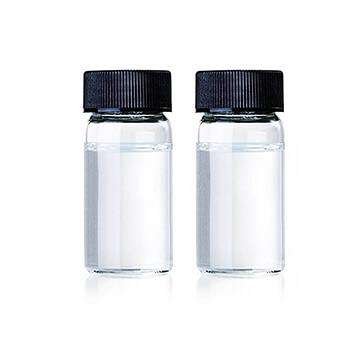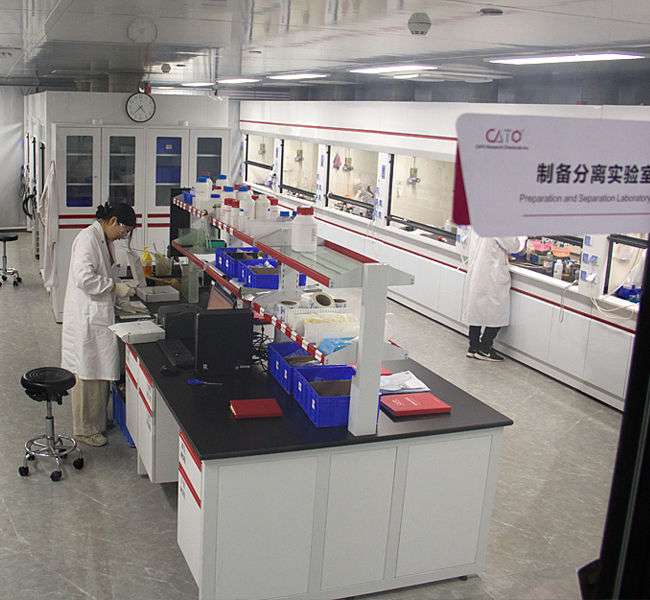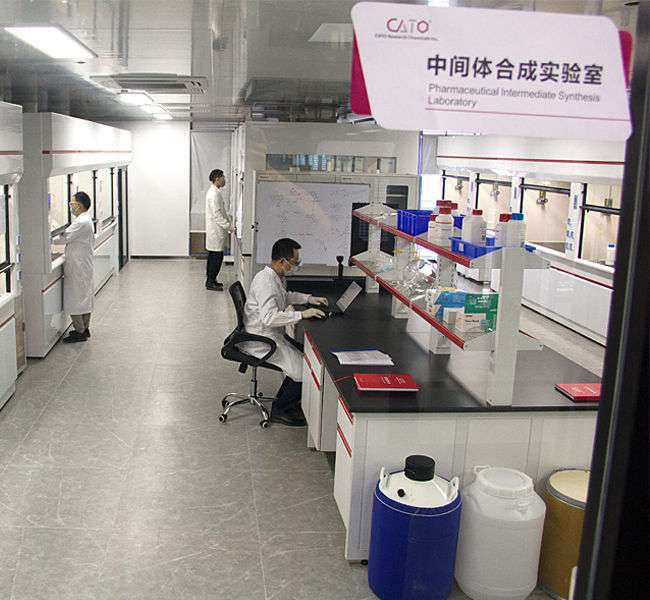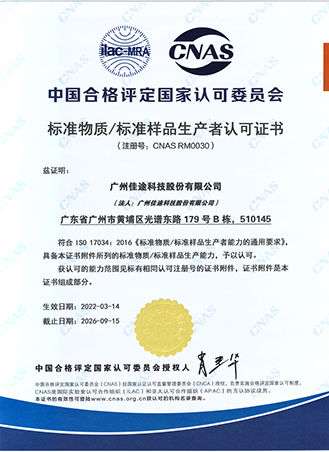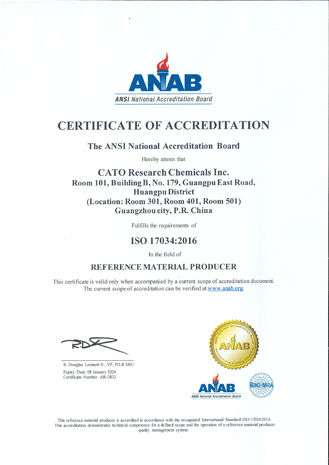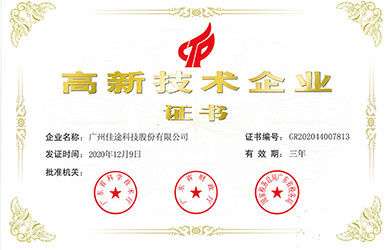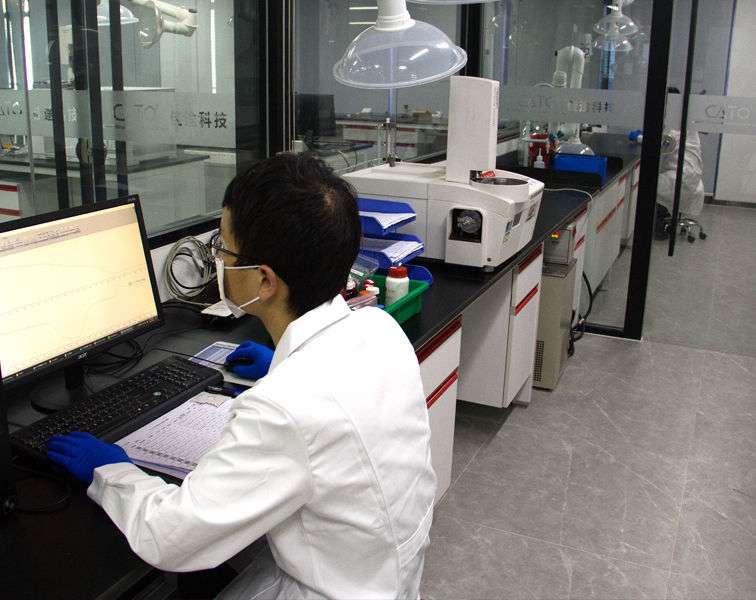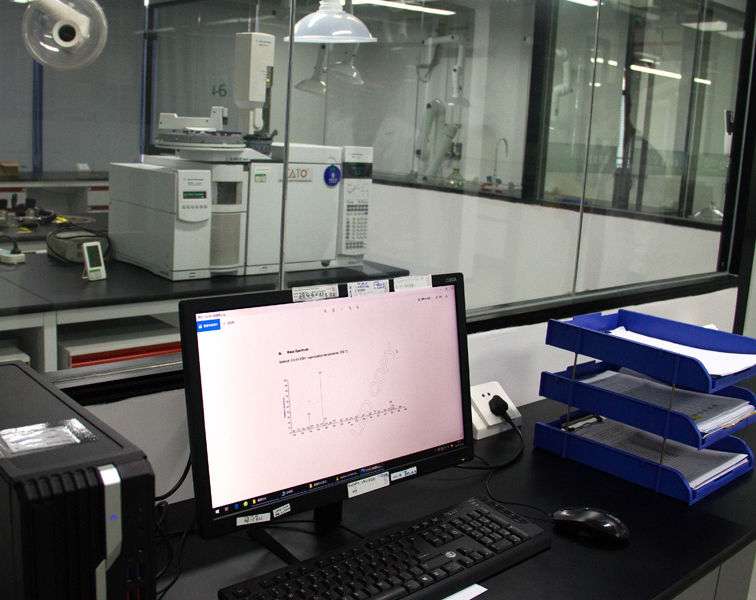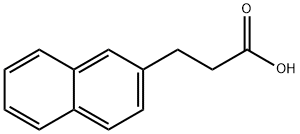Lead Acetate (CAS 301-04-2): Comprehensive Product Guide
Table of Contents
1. Product Specifications & Comparative Analysis
| Parameter | Trihydrate | Decahydrate | Anhydrous |
|---|---|---|---|
| CAS Number | 301-04-2 | ||
| Molecular Formula | Pb(C2H3O2)2·3H2O | Pb(C2H3O2)2·10H2O | Pb(C2H3O2)2 |
| Density (g/cm³) | 2.55 | 1.69 | 3.75 |
| Melting Point | 75°C (dehydration) | Decomposes at 25°C | 280°C |
| Solubility in Water | 55.04 g/100g (25°C) | Highly soluble | 44.3 g/100g (20°C) |
2. Key Applications
Core Industrial Uses
- Chemical Synthesis: Precursor for lead salts (chromates, carbonates) and pigments
- Textile Industry: Mordant for dye fixation on cellulose fibers
- Electroplating: Brightening agent in cyanide copper plating baths
- Analytical Chemistry: Sulfide ion detection via black PbS precipitation
- Paints/Coatings: Drying accelerator for oxidative curing systems
3. Operational Guidelines
Handling Protocol
- Use NIOSH-approved respirators for particulate protection (P100 filters)
- Implement secondary containment for storage areas
- Maintain pH >7 in wastewater treatment systems to prevent solubilization
4. Industrial Use Cases
Textile Dye Optimization
0.5-1.5% lead acetate solutions increase alizarin dye uptake on cotton by 40% through chelation mechanisms.
5. Client Success Stories
Case Study: Specialty Pigments Ltd.
- Challenge: Achieve ≤5μm particle size in chrome yellow production
- Solution: Controlled precipitation using 0.1M lead acetate at 60°C
- Outcome: 92% yield improvement with ASTM D2065 compliance
6. Procurement & Safety
Regulatory Compliance: UN 1616 (Class 6.1), requiring certified hazardous material handlers
Contact our technical team for SDS documentation and batch-specific analysis:
- Email: info@vivalr.com
- Tel: (86) 15866781826

